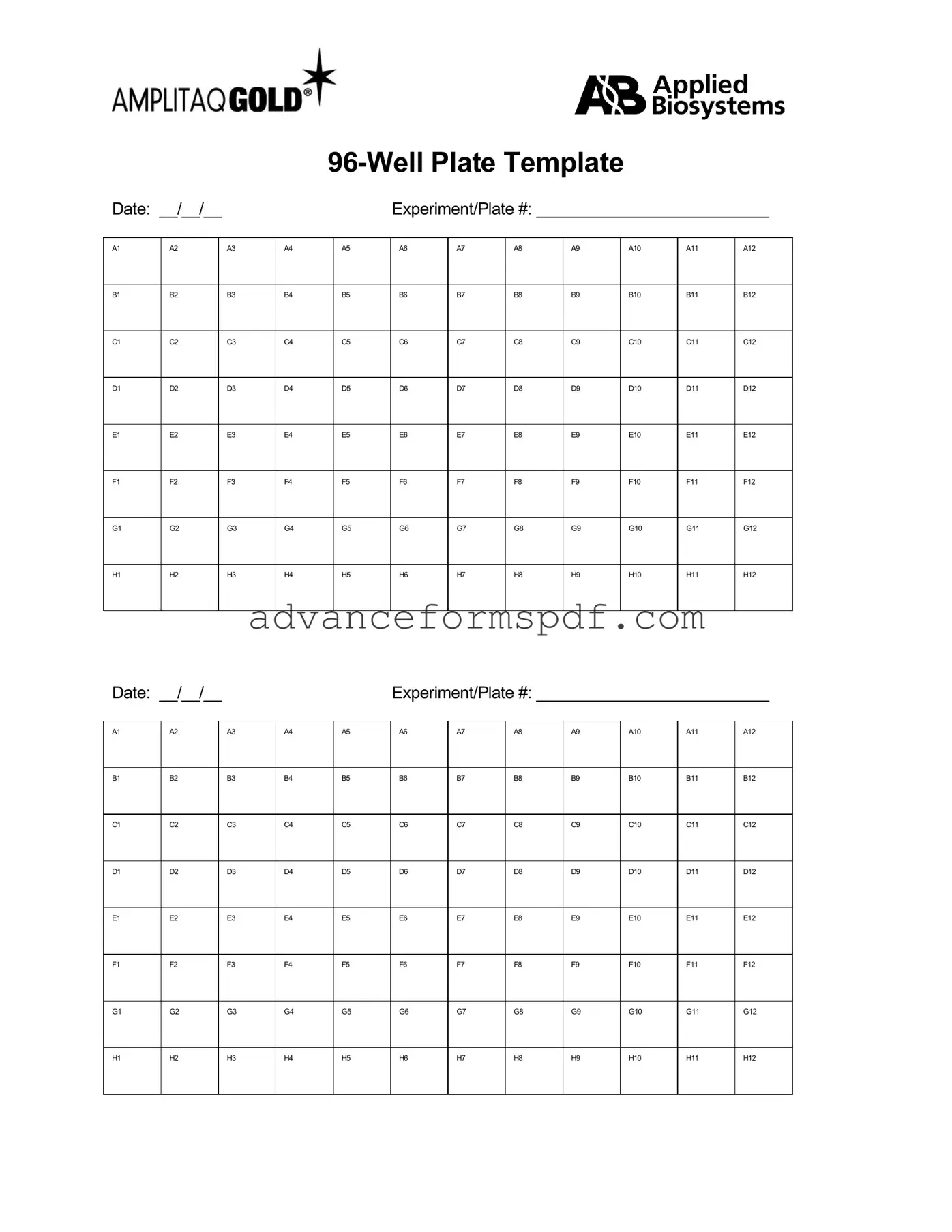The 96 Well form serves as a crucial tool in various scientific and medical applications, particularly in the fields of biology and chemistry. This versatile format allows researchers to conduct multiple experiments simultaneously, enhancing efficiency and accuracy. Each well in the plate can hold a specific volume of liquid, making it ideal for assays, reactions, and sample storage. The design typically accommodates 96 wells arranged in an 8x12 grid, promoting easy access and organization. Researchers often utilize this form for tasks such as enzyme-linked immunosorbent assays (ELISAs), polymerase chain reactions (PCR), and other high-throughput screening methods. Furthermore, the materials used in the construction of the 96 Well form can vary, affecting the compatibility with different reagents and temperatures. Understanding the specifications and appropriate applications of the 96 Well form is essential for maximizing its potential in experimental design and data collection.

